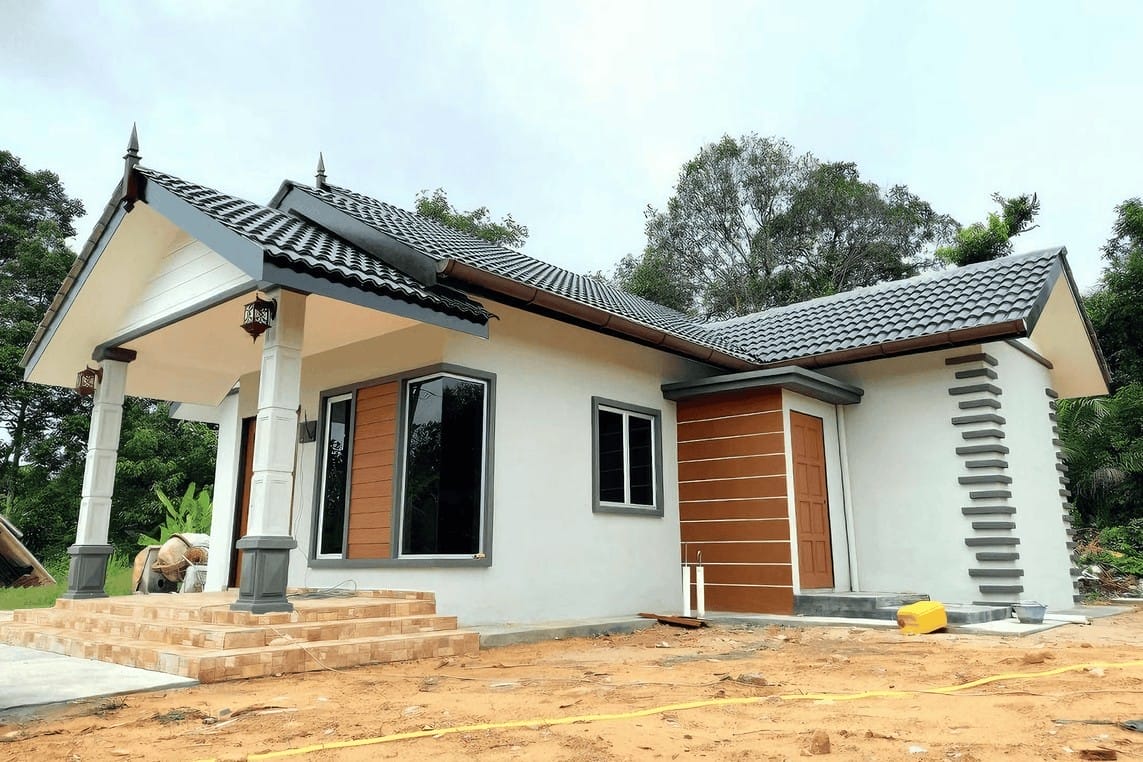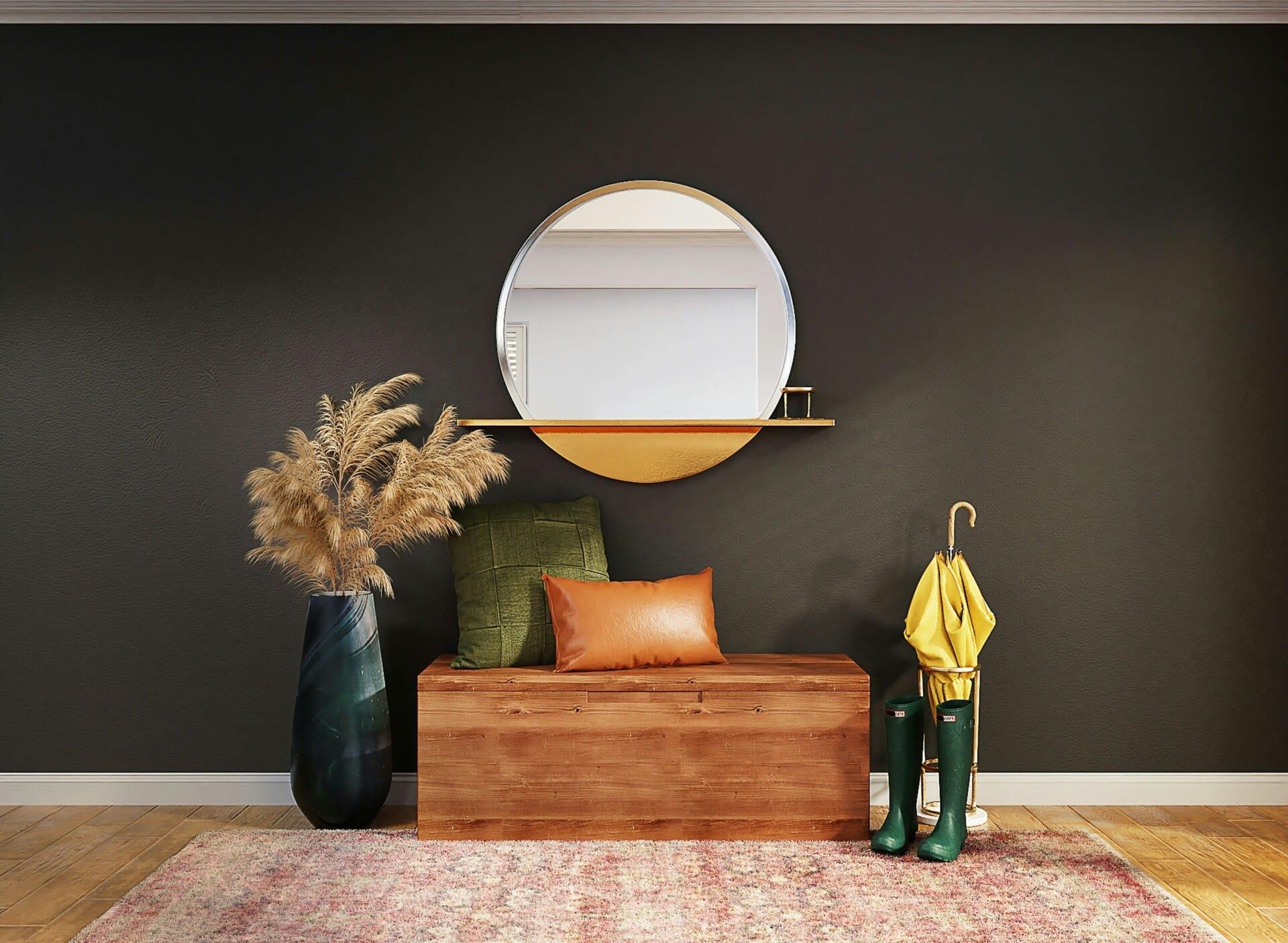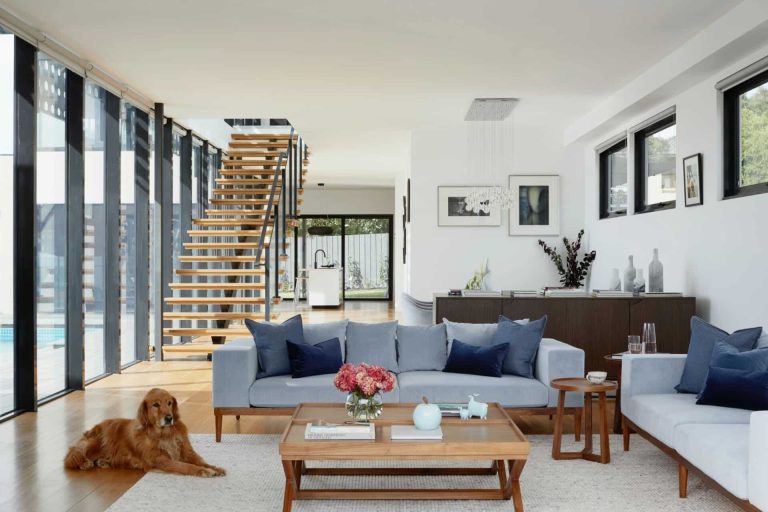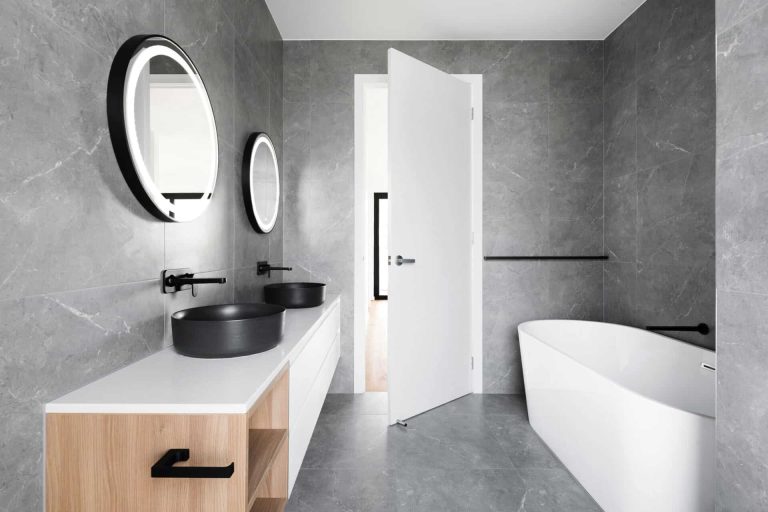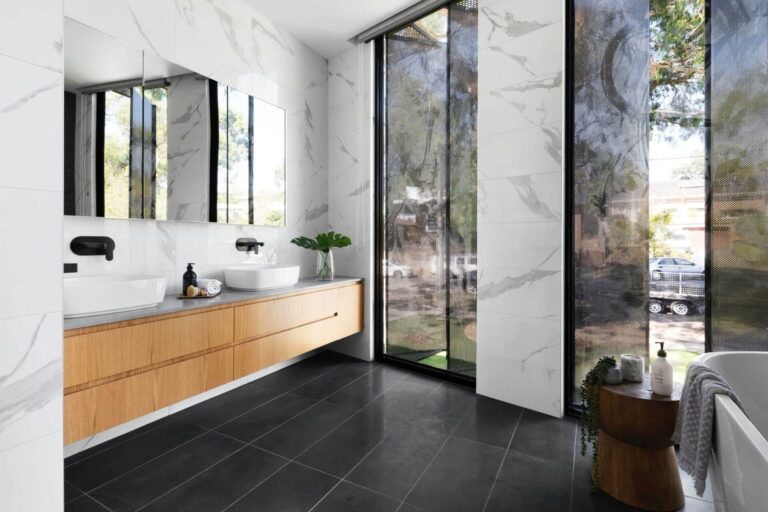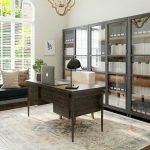Hey there, fellow Malaysians! 🌏 Have you ever thought about how our homes reflect the values we cherish—the importance of family, comfort, and safety? Well, imagine a world where every home is not just cozy but also a place where everyone, regardless of their age or ability, feels secure and at ease. That’s where Universal Design comes into play! This concept isn’t just about fancy layouts or trendy decor; it’s about creating spaces that cater to everyone, from the little ones to our elders and even those with special needs. In this article, we’ll dive into how Universal Design is transforming Malaysian homes into safe havens for all. So, let’s explore how small changes can lead to big impacts, because when it comes to accessibility—everyone deserves to feel right at home! 🙌♿✨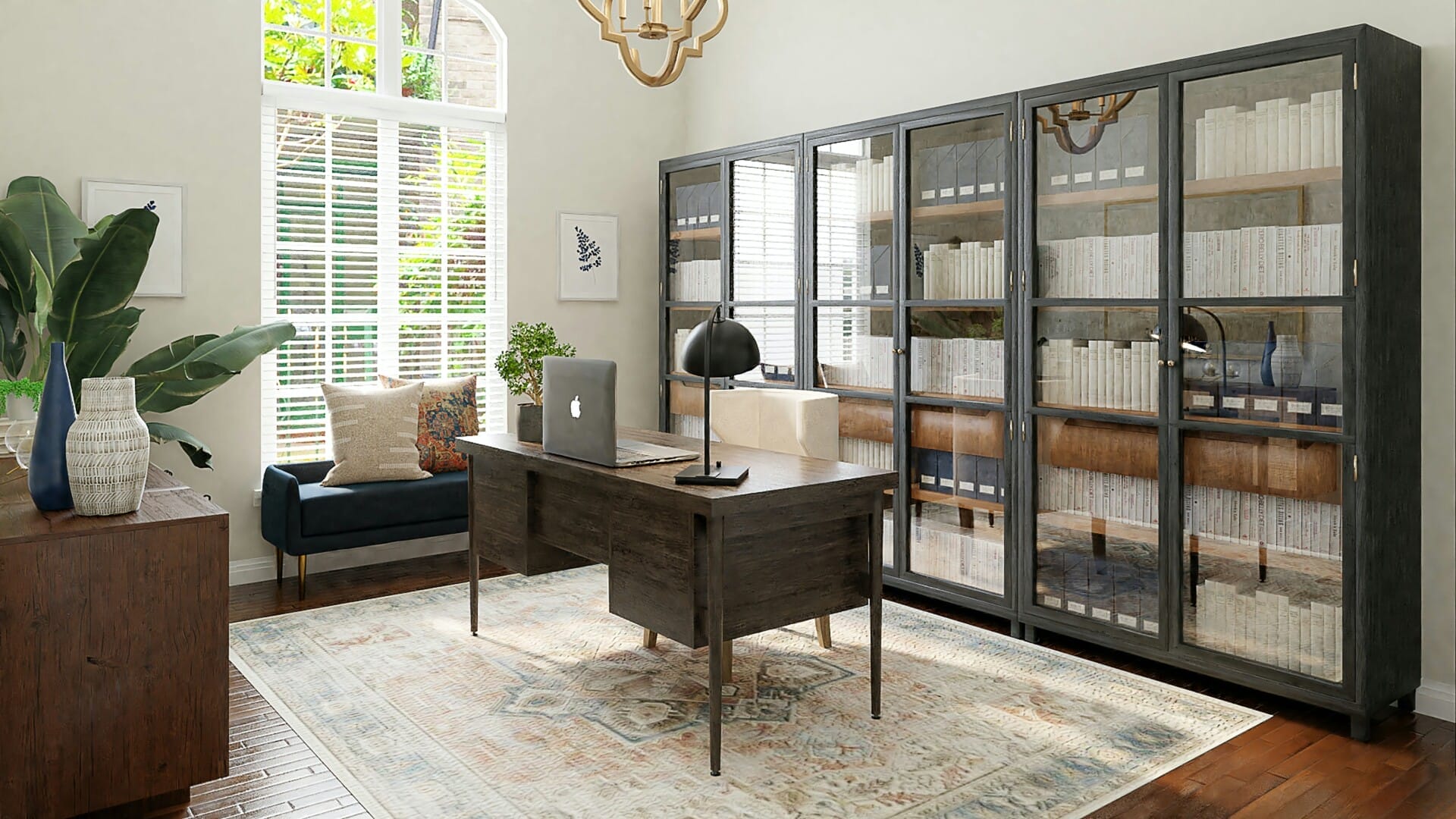
Creating a Foundation for Inclusive Living
Creating spaces that cater to everyone is a game-changer in making our homes safer and more enjoyable. Universal design isn’t just about ramps and grab bars; it’s a holistic approach that integrates accessibility into everyday living. By prioritizing inclusivity, we open our doors to diverse groups of people, from young families with strollers to seniors and persons with disabilities. Imagine a world where everyone can navigate their homes with ease!
Here are some key features that can be easily integrated into Malaysian homes:
- Wide Doorways: Ensures ample space for wheelchairs and mobility devices.
- Lever Handles: Easier to use than traditional knobs, they offer better grip for everyone.
- Non-Slip Flooring: Greatly reduces the risk of falls, making spaces safer for all ages.
To better visualize how universal design can be implemented in various rooms, here’s a simple comparison:
| Room | Design Element | Benefit |
|---|---|---|
| Bathroom | Walk-in Shower | Accessible for everyone, minimizing fall risks. |
| Kitchen | Lowered Counters | Better reach for all users, including those in wheelchairs. |
| Lounge | Electric Recliners | Offers comfort for all ages with minimal effort required. |
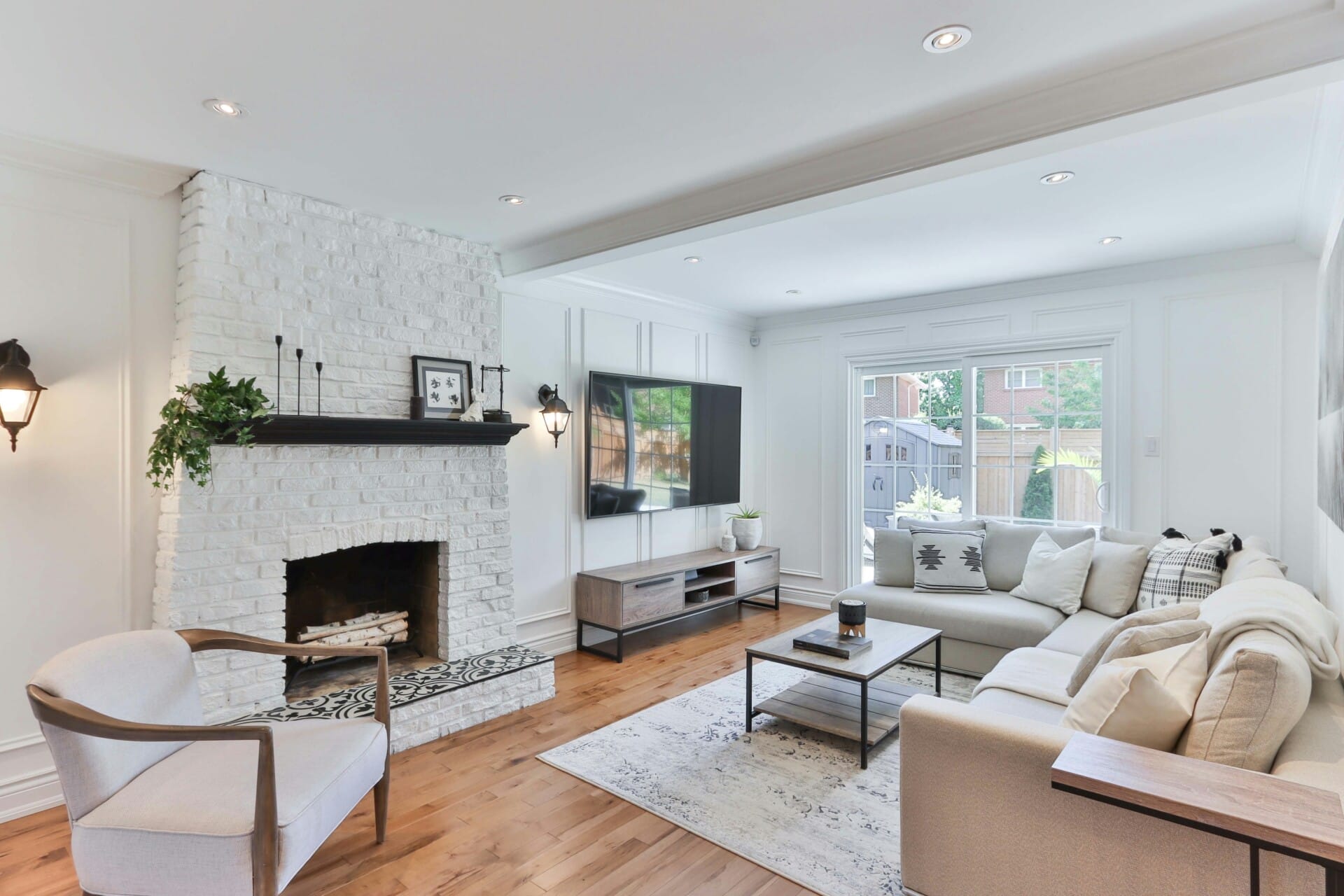
Understanding the Principles of Universal Design
Universal design is all about creating spaces and products that are accessible to everyone, regardless of age or ability. It goes beyond just meeting basic accessibility standards; it incorporates smart, empathetic design that enhances safety and usability for all people. In Malaysian homes, this principle is being embraced to create environments that not only look good but also support independence and well-being.
Key principles include:
- Equitable Use: Designing features that can be used by everyone, fostering an inclusive environment.
- Flexibility in Use: Accommodating a wide range of individual preferences and abilities.
- Simplicity and Intuitiveness: Ensuring that the design is easy to understand and operate, regardless of the user’s experience.
- Perceptible Information: Providing needed information effectively to all users, using multiple modes of communication.
- Safety: Minimizing hazards and reducing risks in everyday situations, especially for those with mobility challenges.
The implementation of these principles in Malaysian homes can lead to a significant reduction in accidents and improve day-to-day living conditions. For example, features like wider doorways, adjustable countertops, and slip-resistant floors can make a world of difference. Below is a simple overview of how these design elements contribute to a safer environment:
| Design Element | Benefit |
|---|---|
| Wider Doorways | Easy wheelchair access and movement for all. |
| Non-slip Flooring | Reduces fall risk, especially in wet areas. |
| Lever Door Handles | More accessible for those with limited hand strength. |
| Adjustable Shelving | Allows users of varying heights to access items easily. |
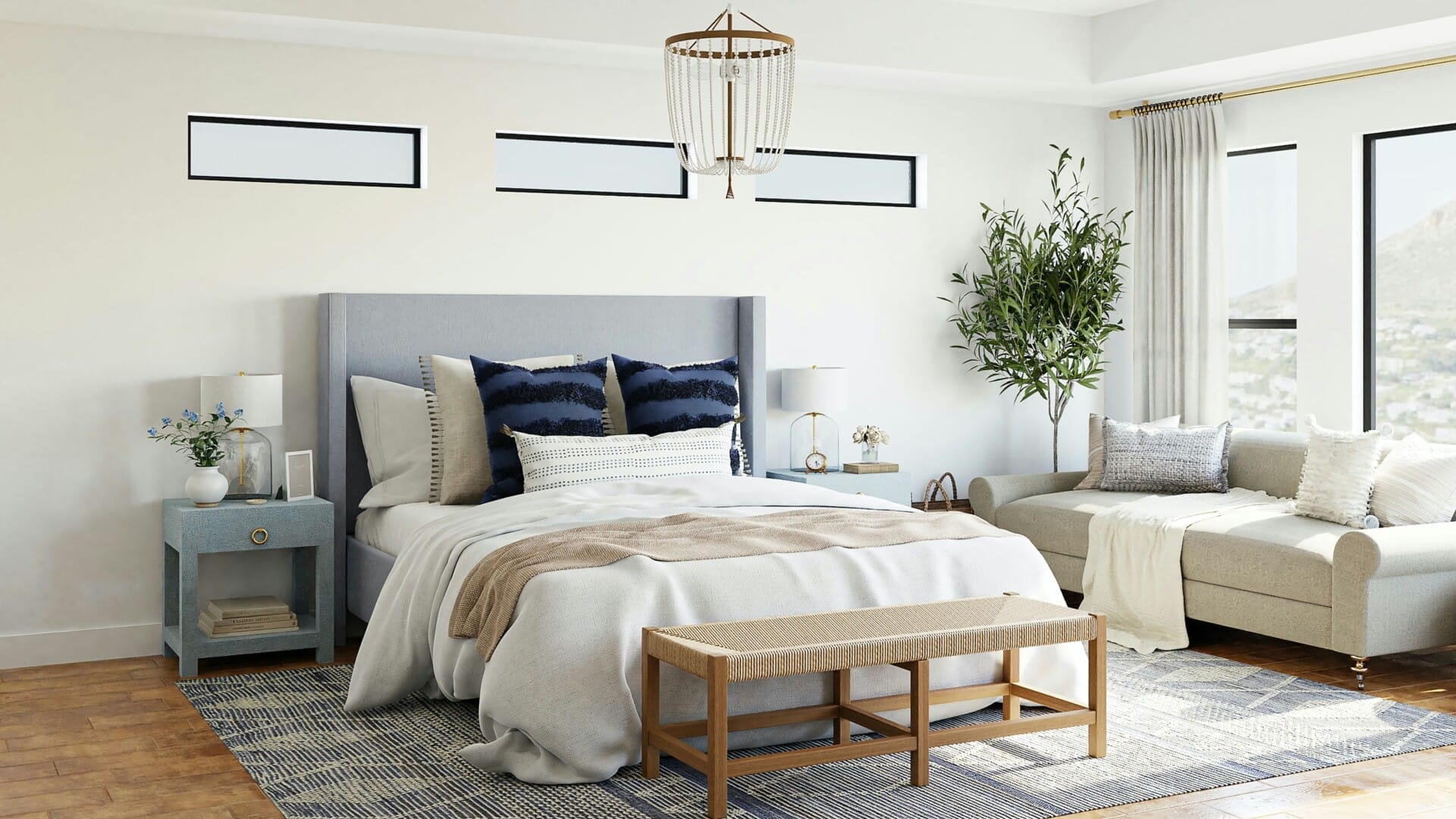
Enhancing Mobility with Thoughtful Layouts
When we talk about making homes more accessible, the layout plays a pivotal role. Thoughtful designs can transform everyday spaces into inclusive environments, making it easier for everyone—regardless of age or ability—to move freely. For instance, widening doorways and hallways doesn’t just benefit those using wheelchairs; it also helps parents with strollers, elderly folks, or anyone carrying large items like groceries. A little extra space can go a long way!
Moreover, integrating ramps instead of steps encourages fluid movement throughout the house. By incorporating features like non-slip flooring, we add safety while reducing the risk of falls. Consider the kitchen layout, too! Positioning appliances and work surfaces at varying heights ensures that they are accessible for different users. It promotes independence and confidence, turning the kitchen into a welcoming space for everyone.
The beauty of universal design is in its versatility. Here’s a quick look at some thoughtful layout features that enhance mobility:
| Feature | Benefits |
|---|---|
| Open floor plans | Allows for easy navigation and movement. |
| Lever-style door handles | Easy to operate for everyone, including those with limited dexterity. |
| Curbless showers | Simplifies access and reduces the risk of slipping. |
| Adjustable-height furniture | Accommodates a variety of users—perfect for dining or working! |
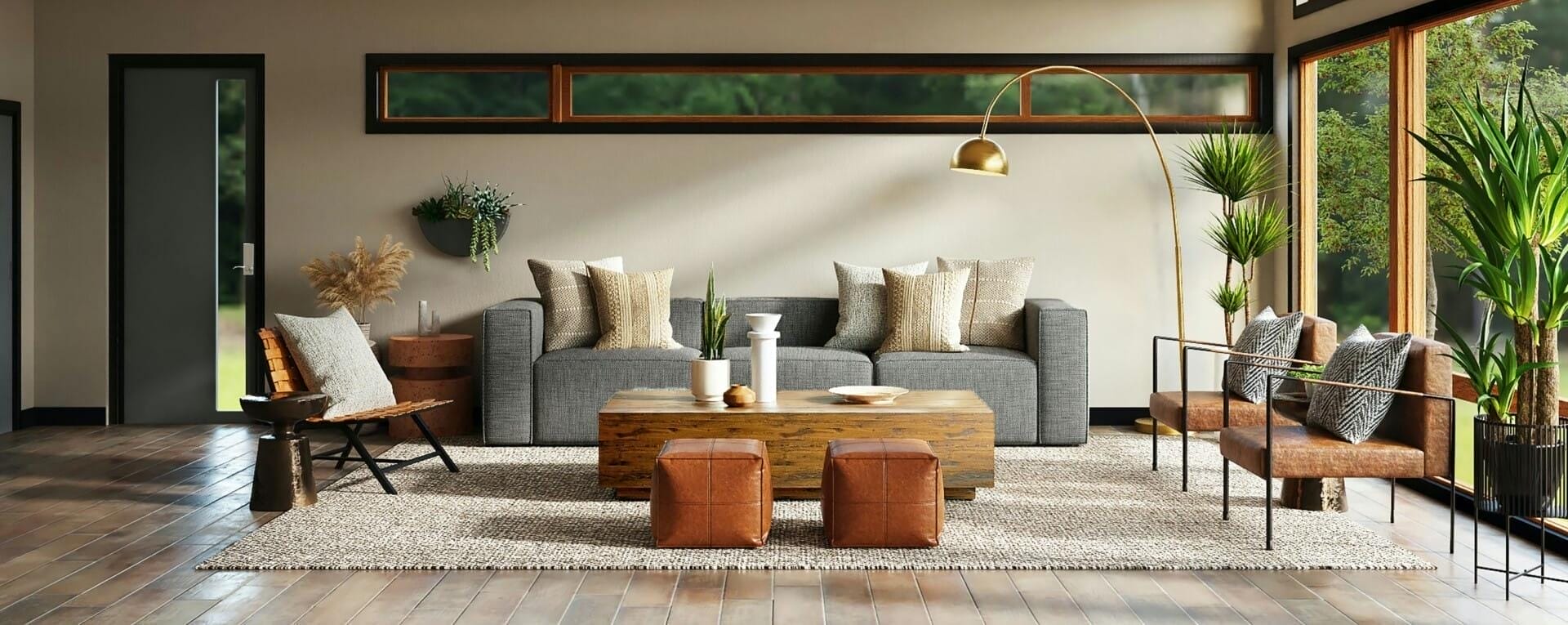
Incorporating Smart Technology for Increased Safety
As we embrace the future, smart technology is stepping up as a game-changer in ensuring the safety of our homes. Imagine walking into a home where the lights automatically adjust to your presence, illuminating your path to avoid any potential trips and falls. With motion sensors and smart lighting systems, every corner can be lit just right when you need it, enhancing visibility for young children and the elderly alike. It’s all about creating an environment where everyone feels secure.
Moreover, integrating smart security features like video doorbells, automated locks, and surveillance cameras not only provides a sense of control but encourages open communication among family members. Consider this: a simple tap on your smartphone can give you a live feed from your front door. This is particularly vital for individuals with mobility challenges, as they can quickly check who’s at the door without jeopardizing their safety by physically moving toward it. Additionally, smart alarms can alert you instantly in case of emergencies, keeping both your loved ones and your property protected.
Let’s not forget about environmental controls that can be tailored to your needs. With smart thermostats and air quality sensors, you can maintain a comfortable atmosphere while monitoring elements like humidity and allergens. This can be especially beneficial for those with respiratory issues or allergies. Here’s a quick look at some smart technologies enhancing household safety:
| Smart Technology | Benefits |
|---|---|
| Motion Sensors | Automated lighting for safe navigation |
| Smart Security Cameras | Peace of mind with real-time monitoring |
| Smart Alarms | Instant alerts for emergencies |
| Environmental Sensors | Improved air quality and comfort |
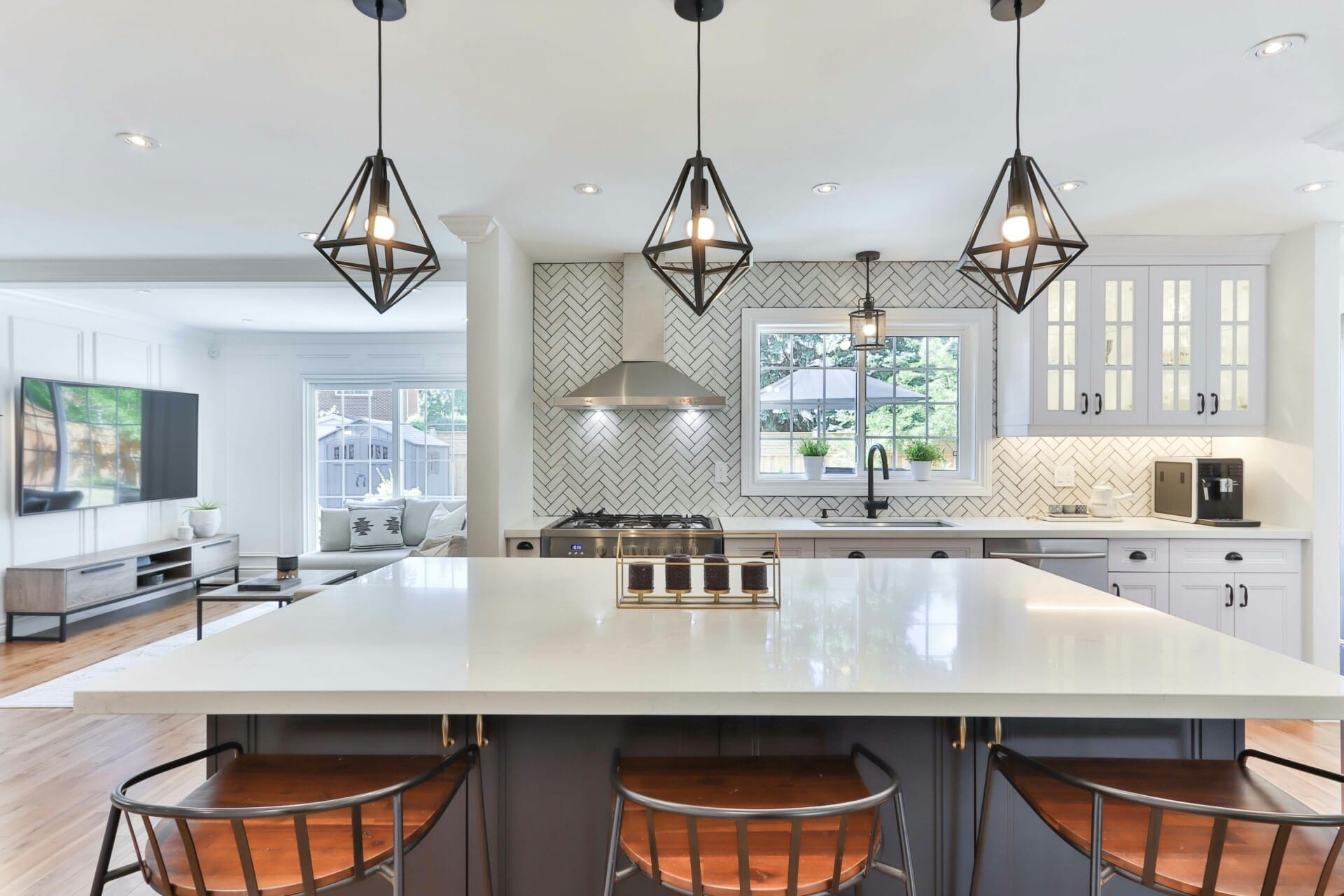
Rethinking Bathroom Spaces for Comfort and Accessibility
Bathrooms are often overlooked when it comes to home design, but transforming them into spaces of comfort and accessibility can make a world of difference. Think about how frustrating it can be for someone with mobility issues to navigate a cramped bathroom. By rethinking layouts and fixtures, we can create environments that not only cater to everyone’s needs but also promote independence and dignity.
One key aspect of redesigning these spaces is the importance of wider doorways and low-threshold entries. This ensures smooth access for wheelchairs and walkers, making entry and exit hassle-free. Here are some practical features for a more accessible bathroom:
- Grab bars near the toilet and inside the shower
- Non-slip flooring materials
- Adjustable showerheads for sitting or standing
- Wall-mounted sinks at suitable heights
Incorporating these elements doesn’t just promote safety; it enhances the overall experience. Imagine enjoying a relaxing soak in a bathtub that is reachable and a shower designed to keep you secure. Below is a simple comparison of standard features versus universal design features that highlight the transformation:
| Standard Features | Universal Design Features |
|---|---|
| Narrow doorways | Wider doorways for easy access |
| High toilets | Comfort-height toilets for easier sitting |
| Static showerheads | Adjustable and handheld showerheads |
| Hard-to-reach storage | Lowered cabinets and open shelving |
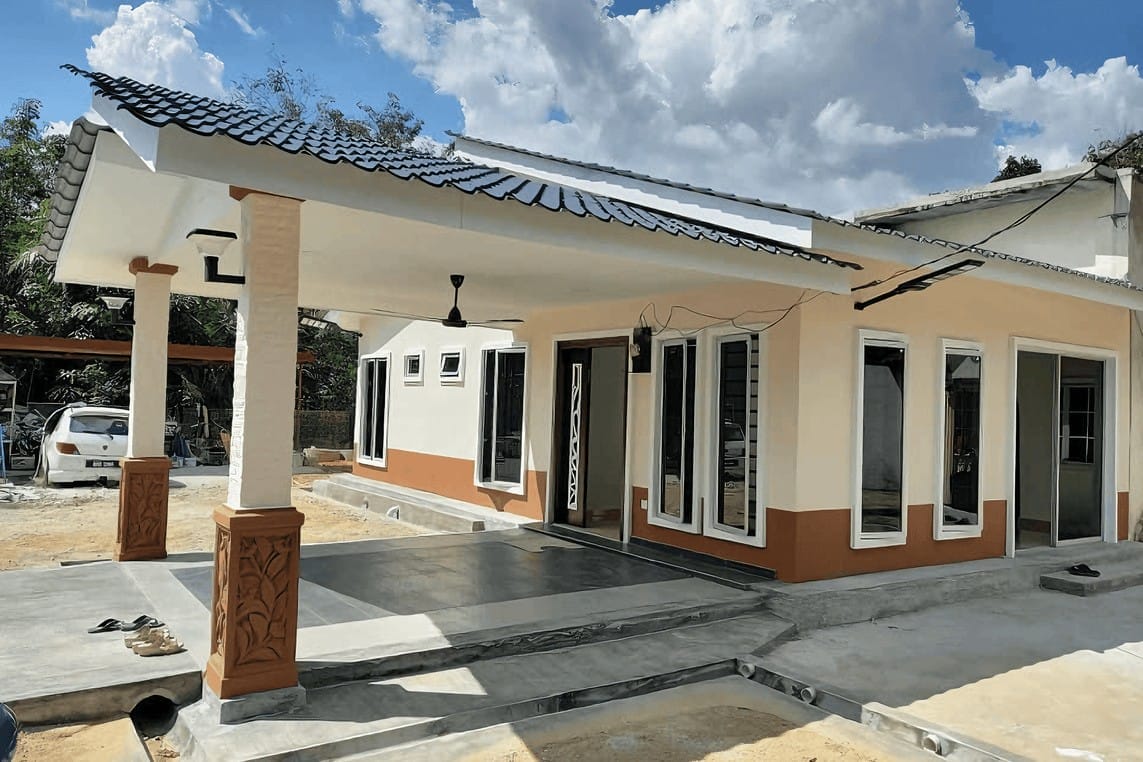
Designing Kitchens that Work for All Users
Creating kitchens that cater to everyone, irrespective of age or ability, involves thoughtful design choices that enhance usability for all users. This means incorporating elements that not only make cooking enjoyable but also safe and functional. Imagine countertops that are easily reachable, where everything is just an arm’s length away. Lowered work surfaces and pull-out shelves can transform how we interact with our kitchen spaces, especially for those with mobility challenges. Adjustable counter heights can make a world of difference for someone in a wheelchair or an older adult who struggles with bending down.
Another key aspect is ensuring that layout and flow support easy movement. Open designs, where appliances and storage solutions are strategically located to minimize excessive reaching, can significantly boost safety. Users can benefit from features like soft-close drawers and cabinet doors, reducing the risk of injury from slamming or catching fingers. Additionally, making use of color contrasts can help distinguish different areas and items in the kitchen, further enhancing navigation and usability.
Moreover, let’s not forget about technology! Smart appliances can be a game-changer, offering voice-activated controls or touchless features that cater to all users, especially those with physical limitations. As we embrace the concept of universal design, it’s essential to remember that small yet effective changes have the potential to create a welcoming atmosphere for everyone. Whether it’s installing slip-resistant floors or ensuring proper lighting, each element contributes to a safe and efficient kitchen that everyone can enjoy.
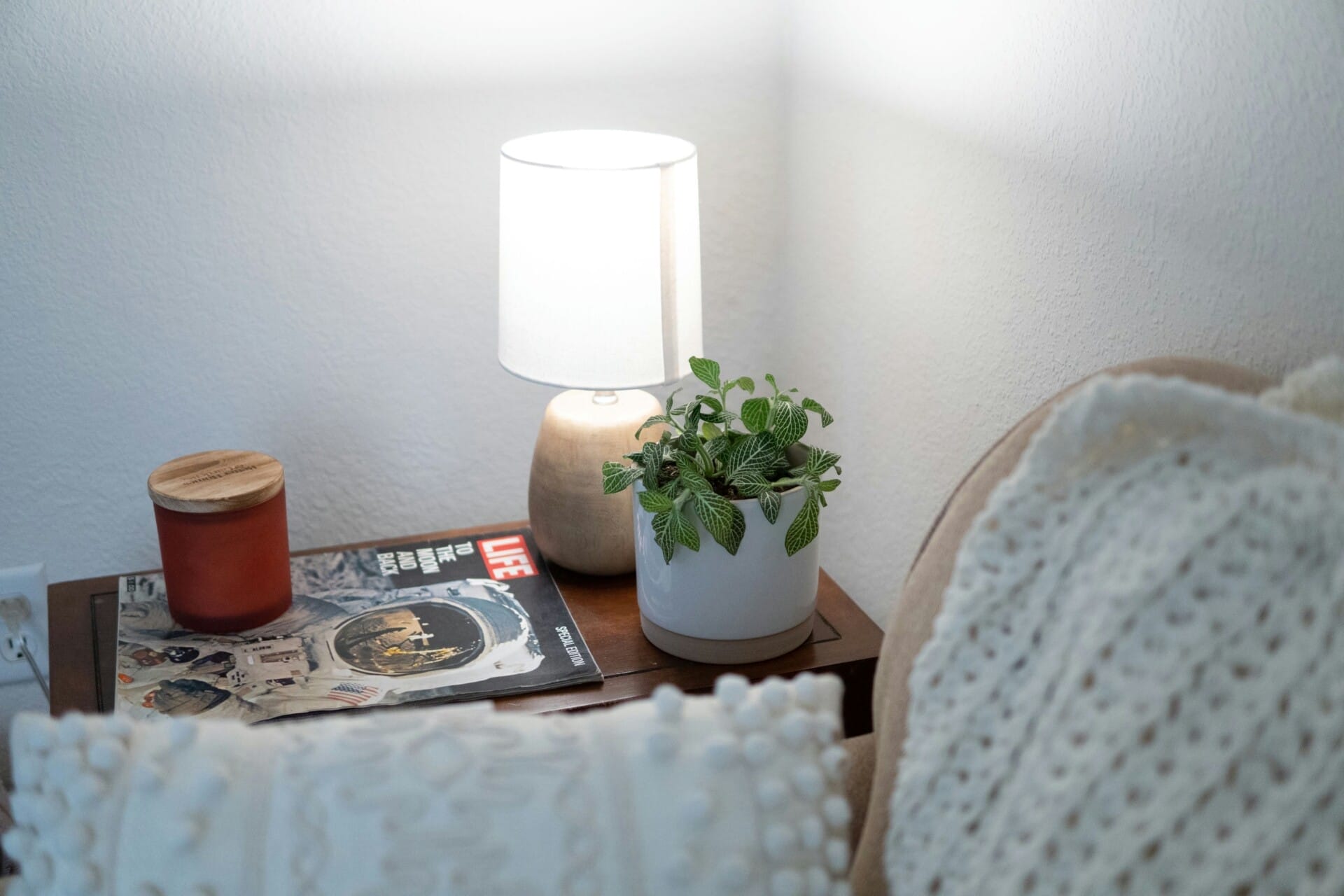
Community Engagement in Shaping Accessible Neighborhoods
Involving the community is essential when it comes to designing neighborhoods that cater to everyone’s needs. Engagement at the grassroots level allows individuals to voice their experiences and preferences, ensuring that the designs reflect real-life needs. By conducting workshops and forums, local authorities can gather invaluable feedback about what features truly enhance accessibility in homes and public spaces. This collaborative effort not only fosters a sense of ownership among residents but also paves the way for innovative solutions tailored to specific community challenges.
One exciting aspect of this community involvement is the opportunity for local creatives and activists to collaborate on versions of Universal Design. Think about how public awareness campaigns can educate the masses on how to adapt their homes to be more user-friendly for all ages and abilities. Awareness can lead to the emergence of grassroots initiatives where neighbors come together to share resources and knowledge about making positive changes in their environment, thus nurturing a culture of inclusivity. Here are some action points communities can focus on:
- Host community design charrettes to brainstorm ideas.
- Initiate neighborhood clean-up drives to showcase accessible pathways.
- Set up feedback stations at local events to gather suggestions and comments.
Furthermore, it’s crucial to maintain a channel of communication between residents and local government. Creating an accessible feedback loop ensures that every suggestion from the community is considered and valued. For instance, a simple table can be created to track suggested improvements such as:
| Improvement Suggestion | Status |
|---|---|
| Wider sidewalks for wheelchairs | Under review |
| More ramps in public areas | In progress |
| Improved street lighting | Awaiting budget approval |
Involving the community in shaping accessible neighborhoods creates spaces that are not just physically navigable but also socially engaging. It builds a community spirit that embraces diversity, helping everyone feel at home in their own unique way. This collaborative spirit is an important ingredient in ensuring that universal design principles are not just ideals but realities lived by everyone in Malaysia.
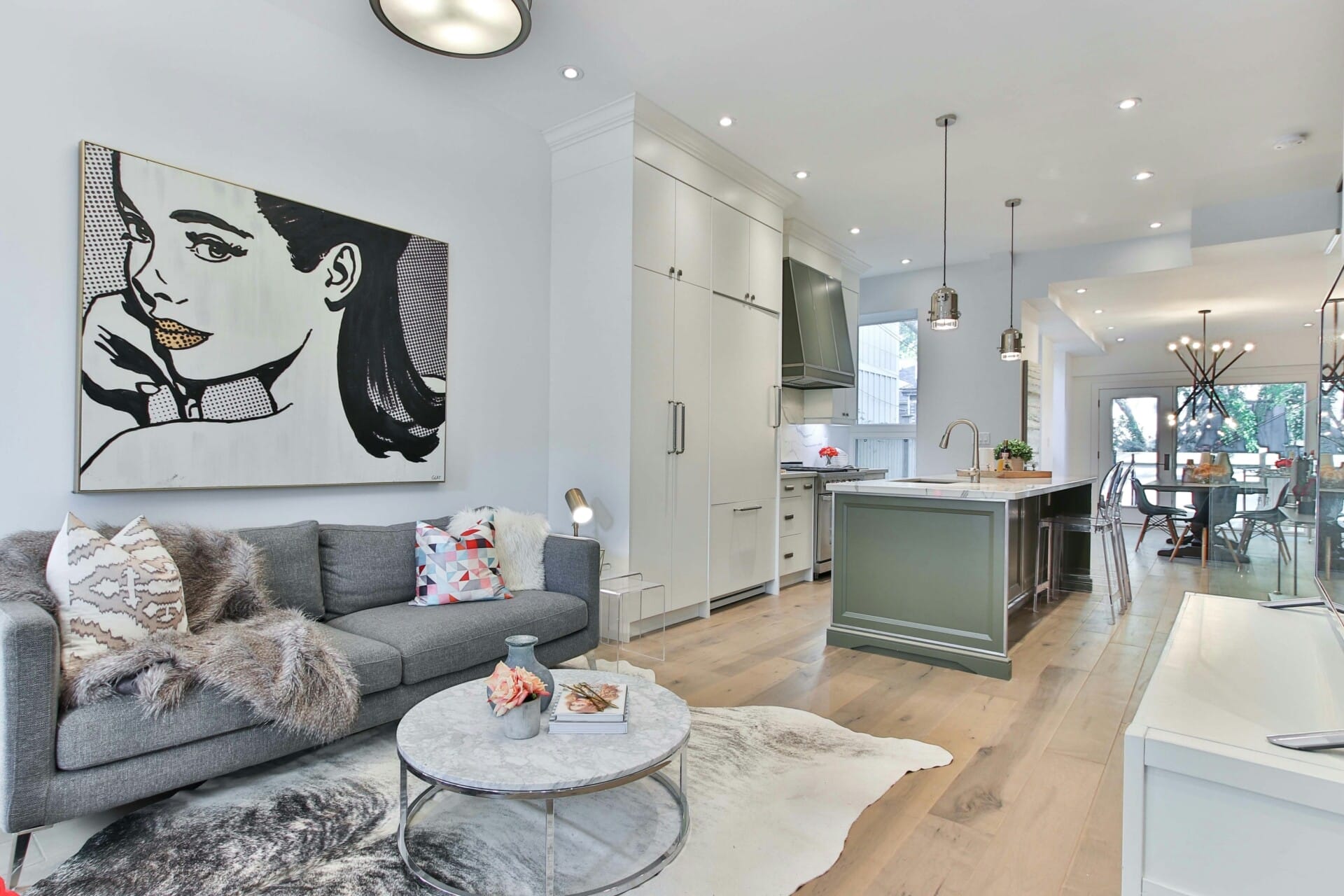
Promoting Awareness and Training for Sustainable Changes
As more families in Malaysia recognize the importance of universal design, the call for awareness and training has never been more critical. By educating homeowners, builders, and designers about the principles of universal design, we open the door to creating spaces that not only accommodate everyone but also promote independence and dignity. Programs that focus on enhancing the skills of contractors and architects to implement accessible features can dramatically improve our living spaces.
- Community Workshops: Engaging local communities through workshops can foster a deeper understanding of universal design. By involving residents in hands-on activities, we can demystify the concept and showcase practical application.
- Online Campaigns: Utilizing social media to run campaigns that highlight successful universal design implementations serves as both inspiration and education, reaching a wider audience.
- Certification Programs: Developing certification programs for builders can ensure that they are equipped with the right knowledge and skills to properly execute universal design principles in their projects.
Another vital aspect to consider is the collaboration between various sectors. Government agencies, non-profits, and educational institutions must come together to create comprehensive training materials that highlight best practices and innovative solutions. A centralized reference could serve as a go-to guide for anyone involved in home renovations or new constructions, ensuring that accessibility becomes a standard rather than an afterthought.
| Training Focus | Target Audience | Expected Outcomes |
|---|---|---|
| Universal Design Principles | Homeowners, Designers | Informed Decision Making |
| Accessible Product Knowledge | Builders, Contractors | Improved Compliance |
| Community Engagement Strategies | Local Leaders, Activists | Stronger Advocacy |
The Conclusion
As we wrap up our journey through the world of Universal Design and its impact on Malaysian homes, it’s clear that creating safe, accessible spaces isn’t just about compliance with regulations. It’s about fostering a community where everyone, regardless of age or ability, can feel at home. 🌟
From wider doorways that accommodate wheelchairs to non-slip surfaces that prevent falls, each thoughtful detail adds to a more inclusive environment. It’s exciting to witness how these changes are not only enhancing safety but also enriching the lives of individuals and families across Malaysia.
So let’s continue to champion this movement together! Whether you’re a homeowner, a builder, or just someone who cares about creating a better living space, remember: every little adjustment counts. Here’s to a future where our homes are not just structures, but safe havens for everyone. Until next time, keep spreading the word about accessibility! 🙌♿💖